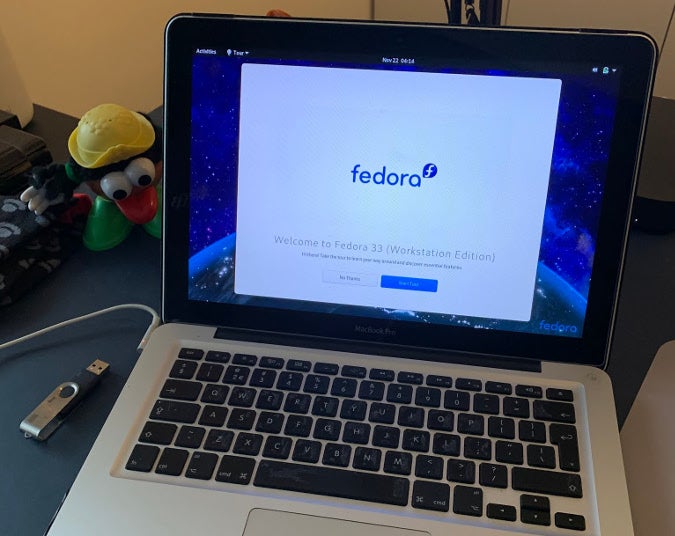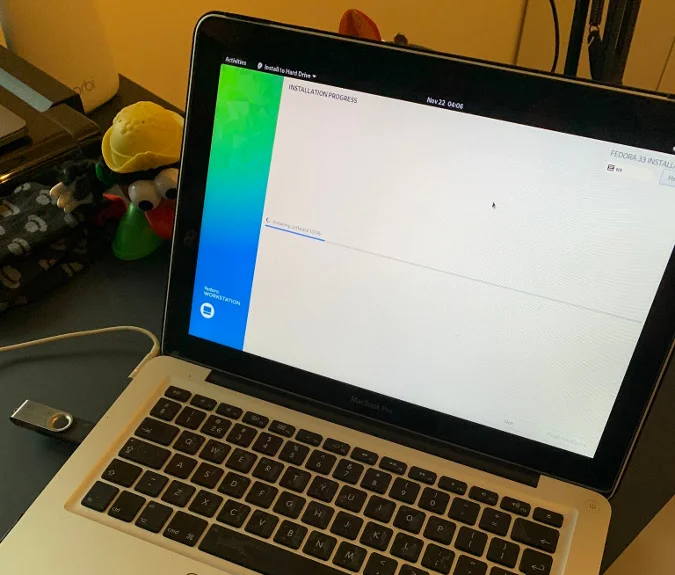

Linux can run on some very old PCs (best if they have 4GB of RAM), but make sure it is a 64bit CPU since most Linux distributions no longer support 32bit systems. If you want to run Linux on bare metal, then purchase a standard PC laptop. I never recommend partitioning any drives especially a macOS boot drive since people always choose the wrong sizes and later regret having multiple partitions which usually end up causing the user to completely erase the drive to reinstall macOS. Even then only install Linux to an external drive so that you do not risk any damage to macOS. Some Linux distributions are not easy to install on bare metal on a Mac and requires an experienced Linux user to configure. Some first gen Intel Macs from 2006 may work with Linux, however, the firmware used at the time for some of them is so poor & broken, that Linux may brick the Mac when updating the Linux bootloader (I bricked two 2006 MacBooks this way). With ARM-based Linux distros, UTM makes use of the Apple Virtualization Framework for near-native speeds.I completely agree with there is a reason you need to use Linux on bare metal on a Mac, then you will need to be using a Mac from 2007 to 2015 since Linux does not really support the 2016+ USB-C Macs. UTM also has the ability to emulate x86_64 on ARM, albeit with performance penalties. UTM is free and open-source, but the paid version in the Mac App Store provides automatic updates and helps support development. Under its skin is QEMU, a very old but still very good tool. UTM is another virtualization tool worth looking at, and it offers something the others currently do not.

Right now this is a feature unique to Parallels and might be worth the cost alone. The icing on the cake is the Coherence mode, allowing you to run Linux apps outside the main Parallels window, almost as if they were native to the Mac. Again, you'll require Linux distros with ARM builds, but Parallels makes it super simple to download and install them. You're looking at $100 for a perpetual license, but it works well and it's easy to use. The latest version can be downloaded from the VMware website.Īlternatively, you can go for Parallels, but at a cost. VMware Fusion is available for Apple Silicon and allows you to run Linux VMs.


 0 kommentar(er)
0 kommentar(er)
